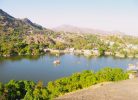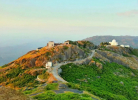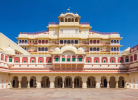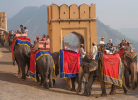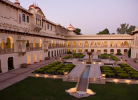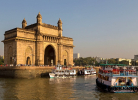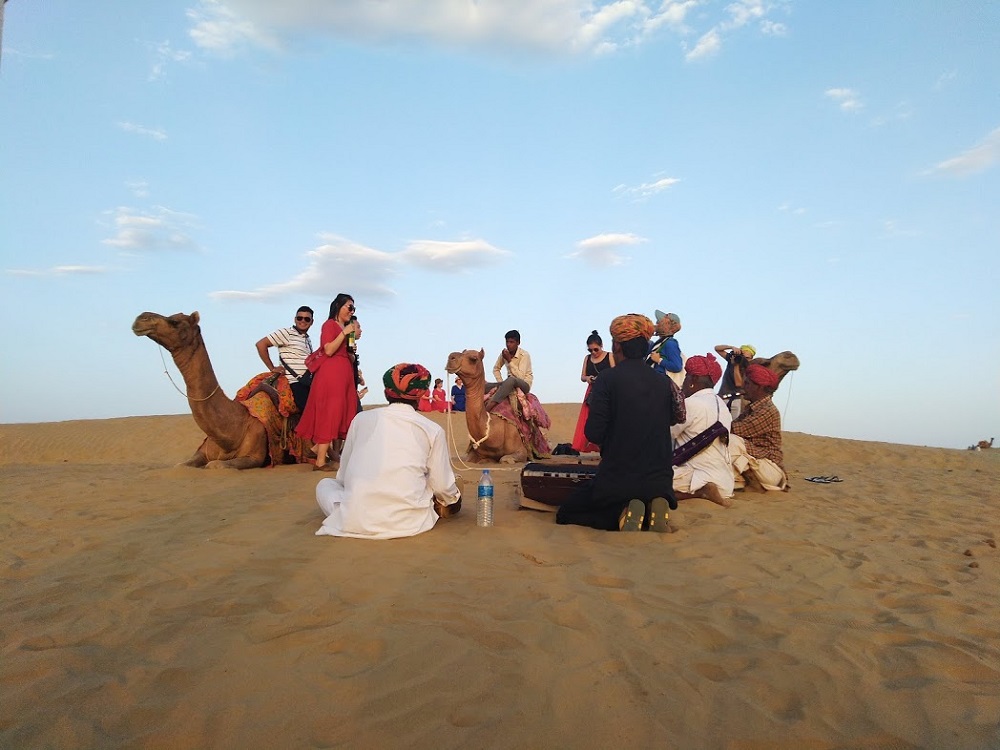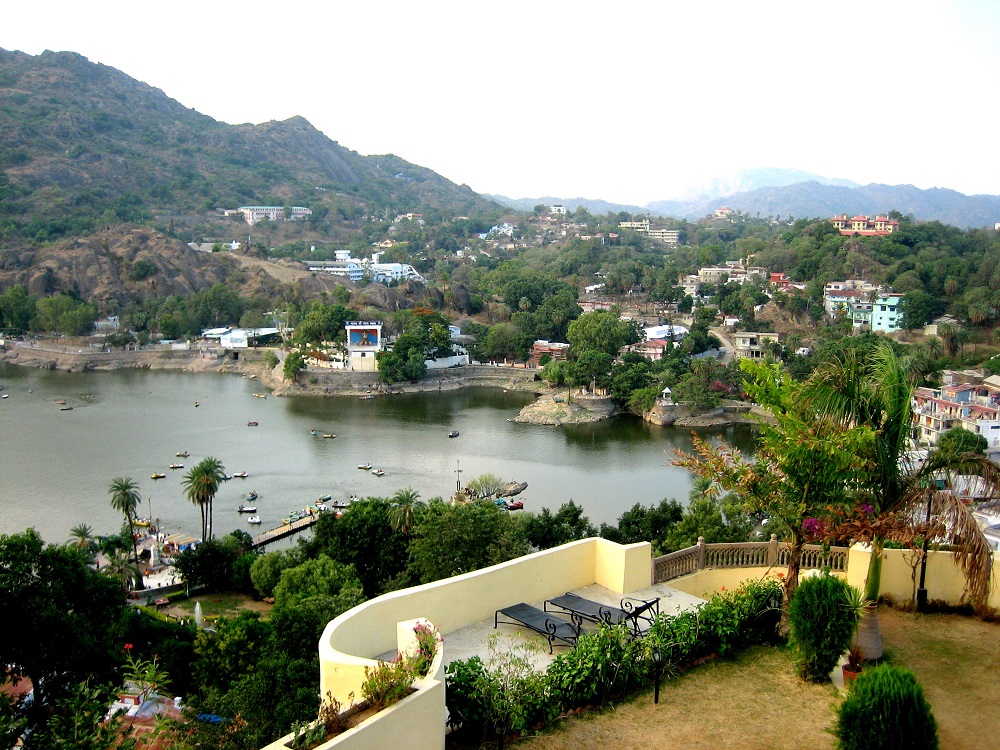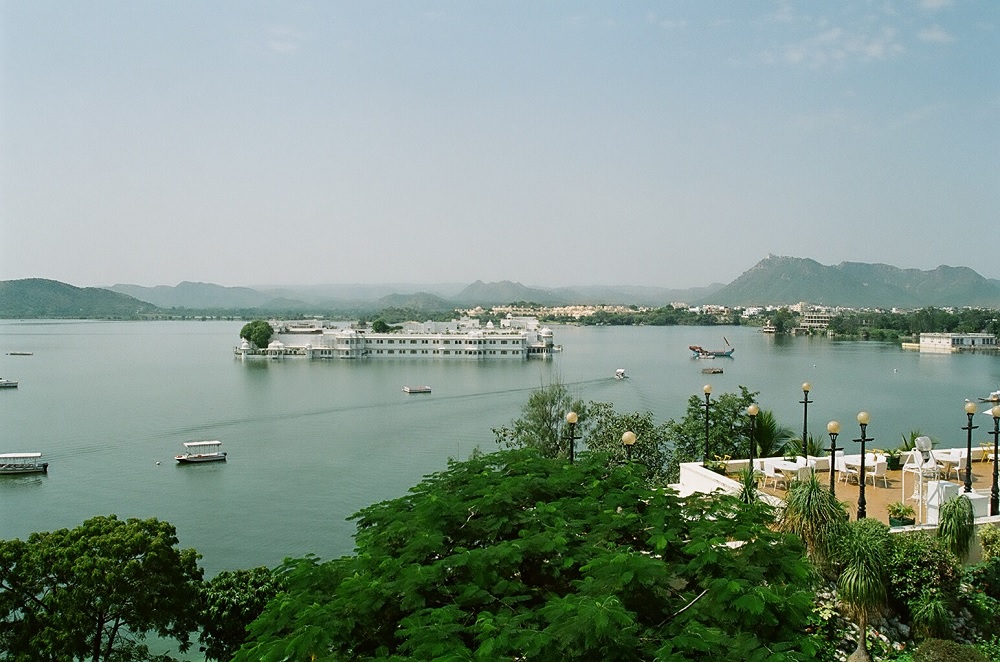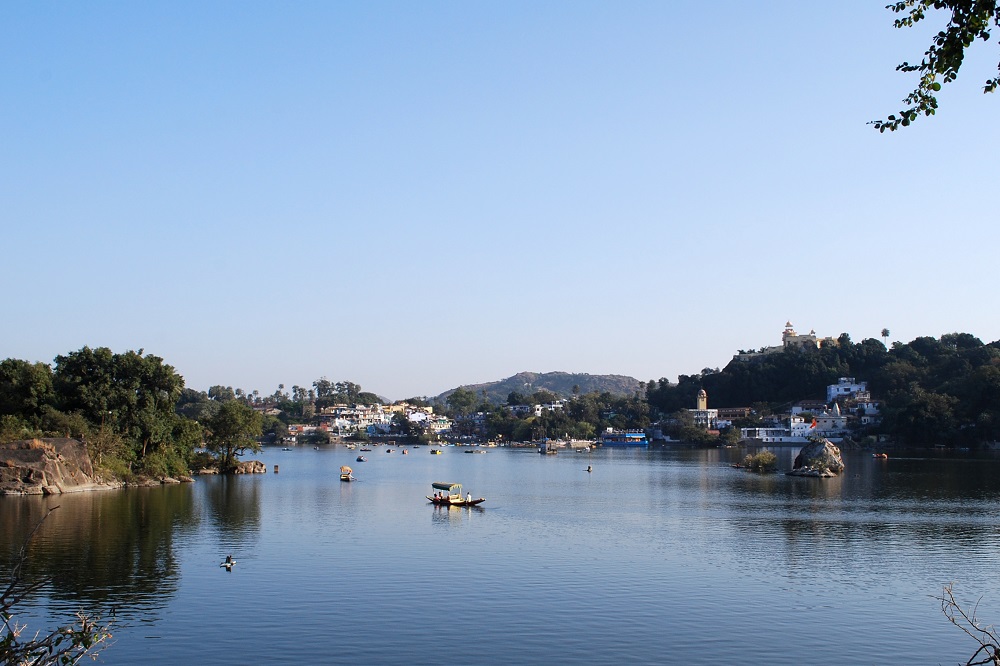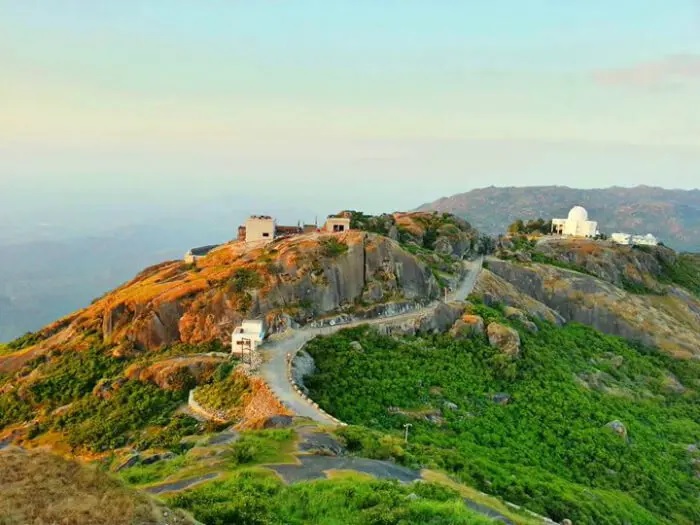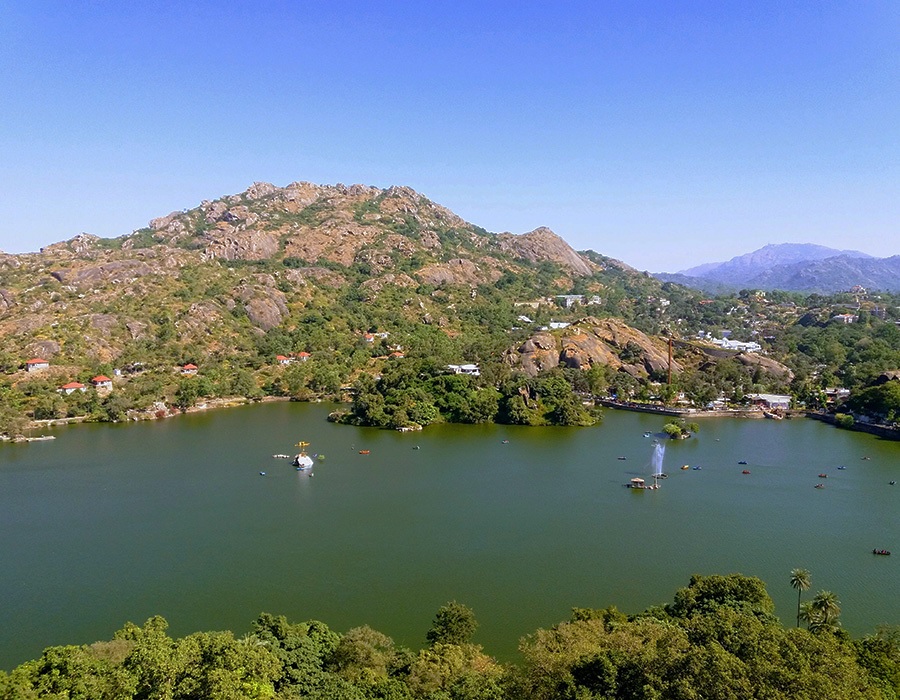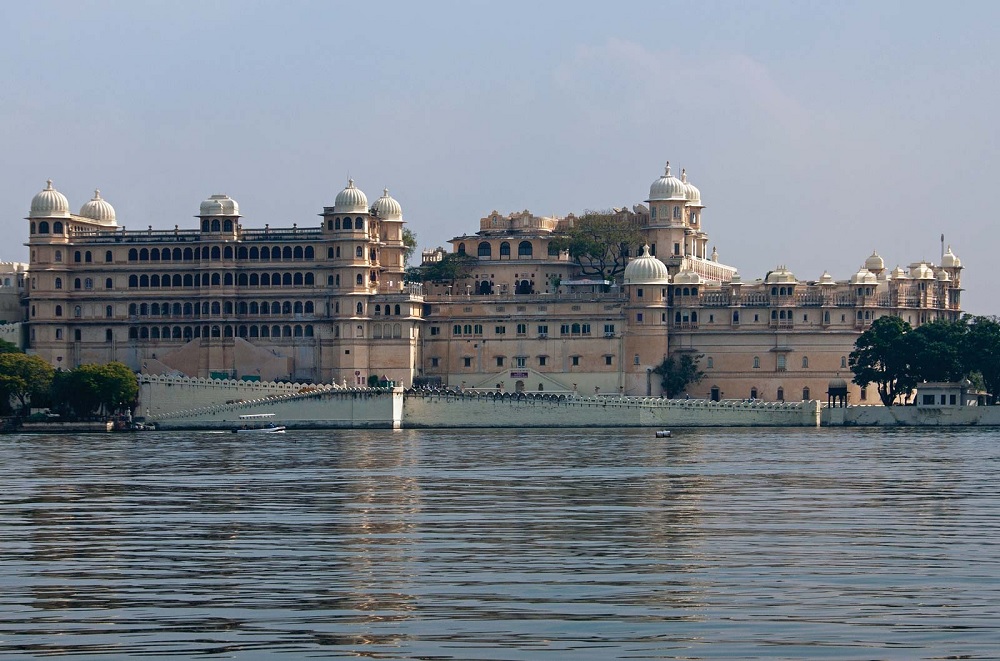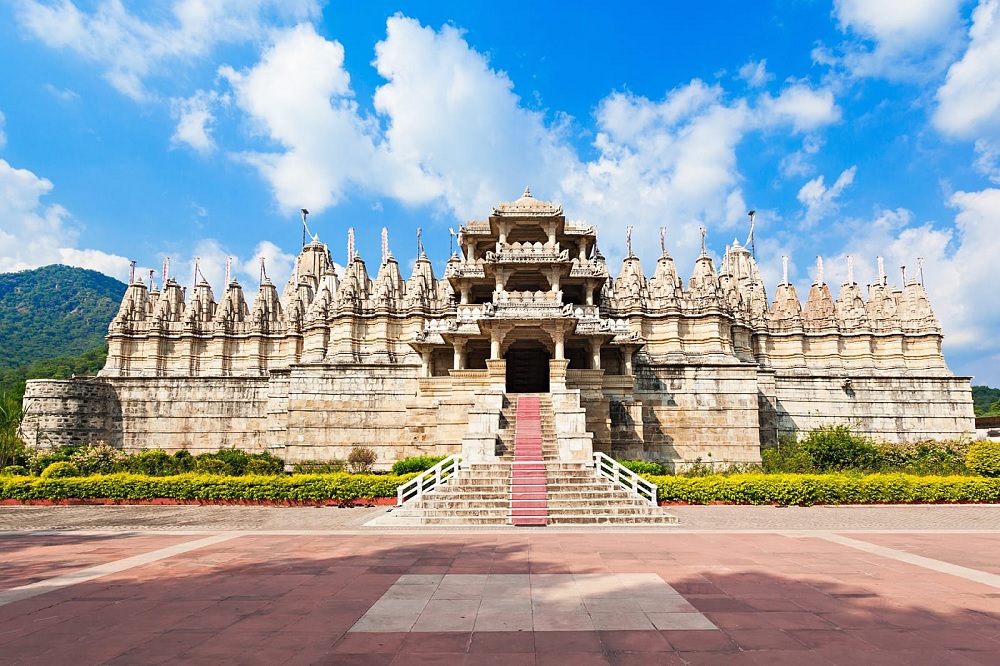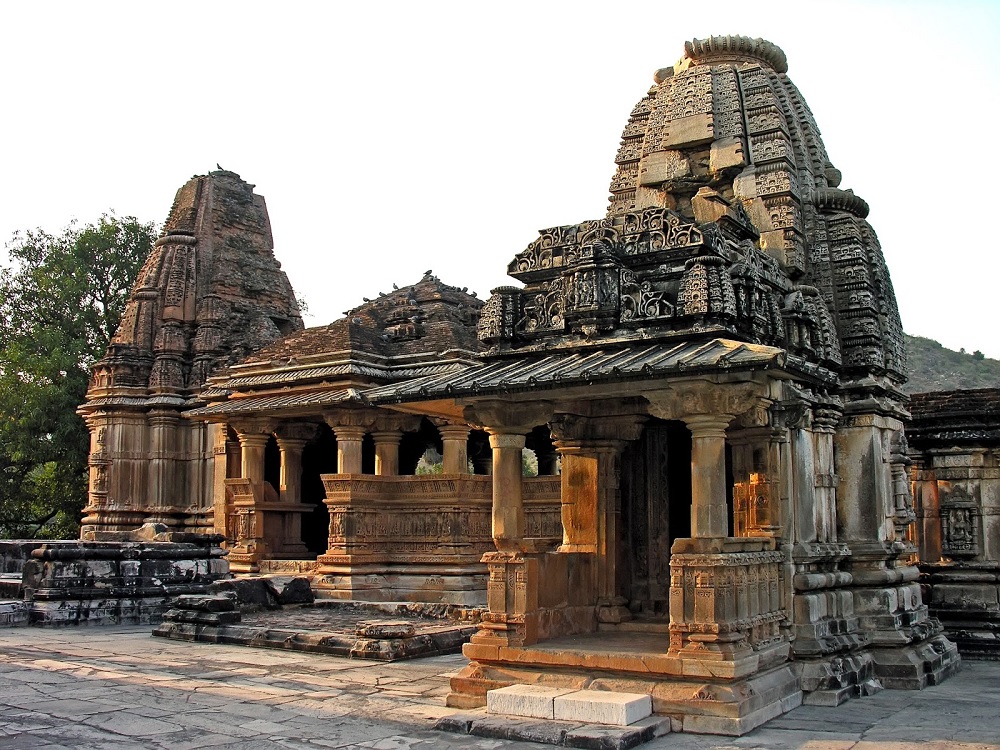Weather in Rajasthan
Rajasthan experiences a tropical desert climate. It remains extremely cold in the months of October to February while it bears the scorching heat of the sun from March to September. Rainfall in Rajasthan is very scanty therefore, it suffers from drought. Women walk miles to carry water for their daily household activities during summers.
Summer in Rajasthan (April to June)
Summer in Rajasthan begins from March. The climate remains dry and hot during summer seasons and the temperature gradually rises in the month of April, May and June. In some region of Rajasthan like the western part and the eastern part of Aravalli Range, other places like Bikaner, Jaisalmer, Phalodi and Barmer experiences a temperature of 40°C to 45°C. It even rises to a maximum temperature of 49°C during summer. The summer nights in Rajasthan remains cold with 20°C to 29°C temperature.
Luckily, Rajasthan also have some places like Udaipur and Mount Abu, where one can escape during summer to avoid the unbearable heat of the sun. These tourist destinations enjoy a pleasant climate with 38°C and 31.5°C (respectively) in summer. At night, the temperature drops down to 25°C and 22°C respectively.
A maximum temperature of 45°C is experienced in the major part of the state consisting of arid west and semi-arid mid-west in June.
Winter in Rajasthan (December to March)
The coldest month in Rajasthan is January. Places like Churu, Sikar, Pilani and Bikaner enjoy a minimum temperature of -2°C at night, during winter. The secondary Western winds blowing during winter crosses eastern, western and northern making the sandy land colder. These winds also bring light rainfall. The weather remains chilled during winter.
Kota, Baran, Bundi, western Barmer and most of the part in Rajasthan bear an average of 10°C temperature. The entire Rajasthan comes in the grip of cold wave due to cold western winds for 2 to 5 days.
Monsoon in Rajasthan (July-September)
The climate of Rajasthan varies from arid to sub-humid as it is situated in the desert area. The west of Aravallis receives low rainfall, low humidity and high velocity winds annually. Whereas, the east of Aravallis enjoys low velocity wind with high humidity and much better rainfall.
The north-west part of Jaisalmer receives an annual rainfall less than 10 cm, the regions of Bikaner, Ganganagar and Barmer enjoys 20 to 30 cm of annual rainfall whereas, Nagaur, Churu, Jodhpur and Jalor gets 30 to 40 cm while more than 40 cm of annual rainfall is received in Jhunjhunun, Sikar, Pali and the western suburbs of the Aravalli range. The eastern part of the Aravallis like Ajmer gets 55 cm of annual rainfall to 102 cm in Jhalawar.
The southwestern region of Sirohi district receives 163.8 cm of rainfall which is the highest rainfall measured in the state. Monsoon in this region begins in the last week of June till mid-September. Pre-monsoon showers are expected occasionally in mid-June and post-monsoon rains in the month of October.
The state also receives little rainfall during winters but it receives the heaviest rainfall during July and August and the temperature drops to 35°C.
Post-Monsoon in Rajasthan (October-November)
The months of October and November are considered as post-monsoonal season that brings in relief with a maximum temperature from 33°C to 38°C and a minimum temperature of 18°C and 20°C.
We provided you with the proper climatic variations of Rajasthan so that you can plan your trip accordingly and have a perfect holiday in the “Land of Maharajas.”


